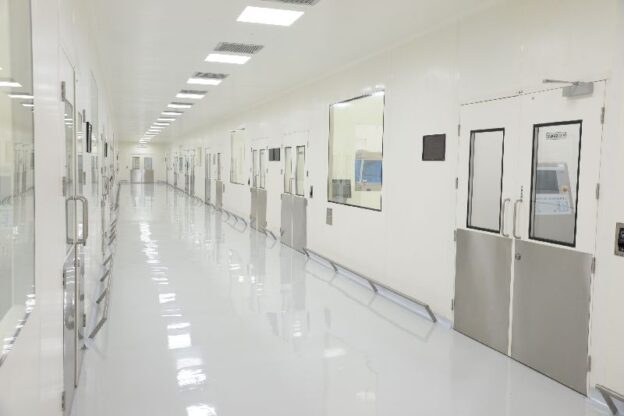In the realm of precision manufacturing, pharmaceutical production, and scientific research, the integrity of the environment is paramount. Cleanrooms stand as sanctuaries of sterility, where even the slightest contamination could spell disaster. Central to the efficiency and effectiveness of these spaces are clean room partitions, serving as the guardians of purity amidst the chaos of industrial processes. Let’s delve into the innovative solutions that are revolutionizing clean room design, ensuring not just functionality but also seamless integration within these critical environments.
1. The Art of Adaptability: Traditional clean room partitions often came with limitations, constraining the flexibility of space utilization. However, innovative designs are challenging this notion. Today, modular partition systems offer unparalleled adaptability, allowing for swift reconfiguration according to evolving needs. These systems are characterized by their interlocking panels, adjustable heights, and easy installation, empowering facility managers to optimize spatial layouts without compromising cleanliness standards.
2. Transparency and Transformation: Conventional partitions could inadvertently create barriers, hindering visibility and communication within cleanroom environments. However, modern solutions prioritize transparency without sacrificing functionality. Glass partition walls, engineered with specialized coatings to maintain cleanliness, offer a transformative approach. By promoting visual connectivity and openness, these partitions foster collaboration while upholding the stringent requirements of clean room environments.
3. Integration of Technology: In the digital age, technology permeates every aspect of industry, and clean room partitions are no exception. The integration of smart features enhances efficiency and control within these environments. Imagine partitions equipped with sensors for real-time monitoring of air quality and contamination levels. Through seamless integration with building management systems, these partitions contribute to proactive maintenance, ensuring continuous compliance with regulatory standards.
4. Sustainable Solutions: As sustainability emerges as a central concern across industries, clean room design is undergoing a green revolution. Sustainable partition materials, such as recycled aluminum and eco-friendly laminates, are gaining traction. Furthermore, innovative manufacturing processes are minimizing waste and energy consumption while maximizing durability. By embracing sustainable solutions, clean room partitions not only safeguard purity but also contribute to a healthier planet.
5. Aesthetic Appeal: Clean room environments have long been associated with stark functionality, devoid of aesthetic appeal. However, contemporary design trends are challenging this perception. Clean room partitions now come in an array of customizable finishes and colors, allowing for harmonious integration with architectural aesthetics. From sleek metallic accents to vibrant hues, these partitions elevate the visual appeal of clean room environments without compromising on cleanliness or performance.
In conclusion, the evolution of clean room partitions exemplifies the marriage of innovation and necessity. From adaptable modular systems to transparent glass walls, from smart technology integration to sustainable materials, these partitions embody the convergence of form and function. As industries continue to push the boundaries of precision and purity, the quest for seamless spaces will remain ongoing, with clean room partitions at the forefront of innovation.
